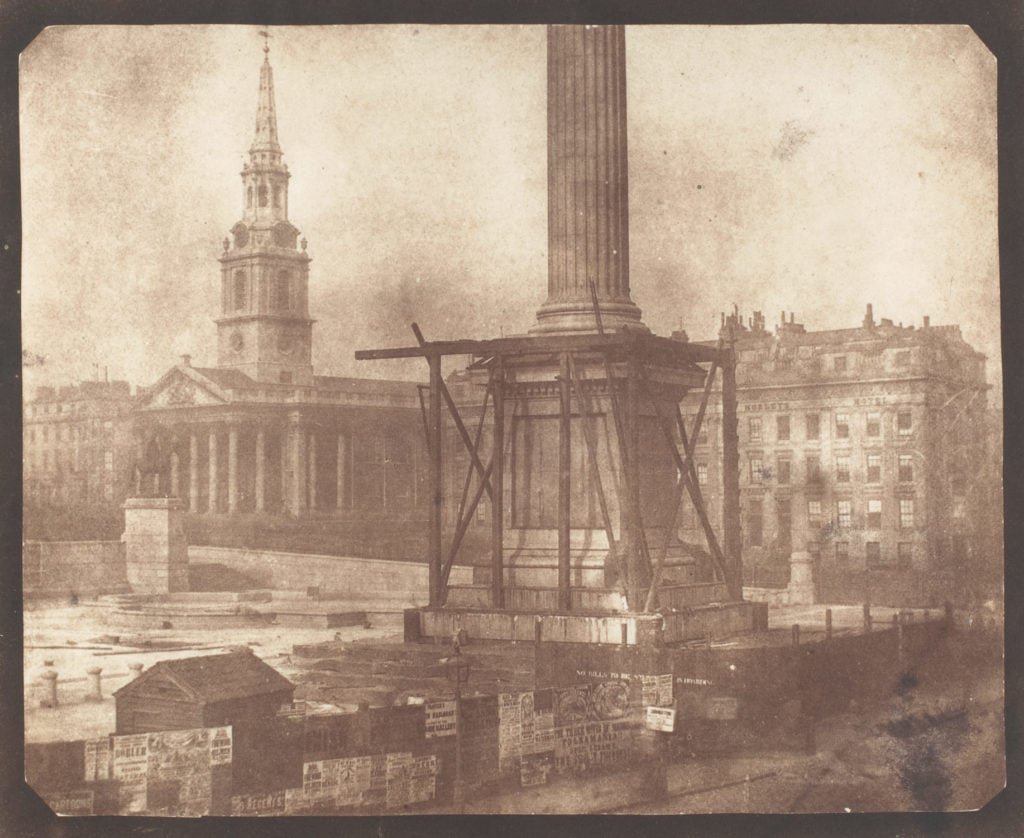
Fox Talbot at dawn
The recent exhibition Fox Talbot: Dawn of the Photograph at the Science Museum in London which ended on September 11th 2016 was described as ‘magical to behold’ by Time Out and ‘ground-breaking’ by The Times. I found it extremely enjoyable as it told the story of the pioneers of early photography very capably as well as displaying a great body of their work.
Central to the story of early photography is William Henry Fox Talbot, who was born in February 1800. He attended Cambridge University in 1817 and went onto become a gentleman scientist, inventor, Egyptologist, member of parliament, mathematician, astronomer, archaeologist and transcriber of Chaldean cuneiform texts as well as a pioneer of photography.
It was a struggle with his sketchbook that put him on the road to photography: in 1833 at Lake Como in Italy, he found it difficult to capture the scenery adequately by sketching it with the aid of a Camera Lucida (an instrument used by draftsmen at the time which uses a prism to direct rays of light onto paper producing an image and from which a drawing can be made.) This started him on the journey of discovery with light-sensitive paper to automate the process that he was to pursue at his home in Lacock Abbey in Wiltshire.
Science, silver and sunlight
Investigations with silver nitrate and sunlight actually go back as far as Angelo Sala (1576-1637). Johann Heinrich Schulze (1687-1744) was the first to create photograms (a process that does not require a camera) with paper masks and Talbot would have been well aware of the work of Thomas Wedgwood (1771-1805) and Sir Humphry Davy (1778-1829) who also worked on photograms of leaves and other objects. These could not adequately fixed and faded quickly. Talbot built on this work, experimenting with plants and lace on paper coated with silver nitrate and fixing the images with salt to produce sciagraphs – drawings of shadows.
Talbot created the first negative in 1835, which minimized exposure time considerably compared to previous methods. He had help from his friend Sir John Herschel (1792-1871), one of the leading British scientists of the time, and another formidable polymath, who was an astronomer, mathematician, chemist, inventor and experimental photographer. It was Herschel who solved the problem of ‘fixing’ pictures (used by both Talbot and Daguerre) and was also the first to use the terms ‘photography’ and ‘negative’.
Inventors and pioneers
There is some debate as to is the inventor of photography or even who was the most influential of the pioneers. France can claim Nicéphore Niépce (1765-1833), inventor of a process known as heliography, who used a Camera Obscura to record an image of his country estate in 1826 via an eight-hour exposure. Better known is Louis-Jacques-Mandé Daguerre, (1787-1851), a former architect and artist who collaborated with Niépce, and who had used the Camera Obscura to assist with his paintings in his earlier career. He developed the Daguerrotype process after Niépce‘s death – a process based on light-sensitive, silver-plated copper, unique in the family of photographic process, in that the image is produced on metal directly without an intervening negative. Hippolyte Bayard (1801-1887) also holds a claim as the developer of the direct positive process and the first in the world to hold a photo exhibition. Bayard’s story embodies the struggle for recognition and adds a human dimension in the midst of all the science on show at the museum. It also serves up one of the most interesting images of the exhibition. Bayard was persuaded to postpone announcing his new positive process to the French Academy of Sciences by a friend of Daguerre, which cost him the recognition he deserved, and led him to create the first staged (or faked) photograph entitled, Self Portrait as a Drowned Man, which was on show at the Science Museum exhibition. The image portrays the photographer as a corpse, and M. Bayard wrote a fake suicide note on the back:
“The corpse which you see here is that of M. Bayard, inventor of the process that has just been shown to you. As far as I know this indefatigable experimenter has been occupied for about three years with his discovery. The Government which has been only too generous to Monsieur Daguerre, has said it can do nothing for Monsieur Bayard, and the poor wretch has drowned himself. Oh the vagaries of human life….! … He has been at the morgue for several days, and no-one has recognised or claimed him. Ladies and gentlemen, you’d better pass along for fear of offending your sense of smell, for as you can observe, the face and hands of the gentleman are beginning to decay.”